smartTomo is a new generation software for processing seismic refraction tomography (SRT). It is designed to take advantage of the new multicore processors for a limitless experience. smartTomo was developed by geologists for geologists and the support is directly provided by the development team. Starting from 2020.0 release, smartTomo include a module to process refractions surveys applying GRM.
Optimized for new CPU
smartTomo is a new project, designed to make the best use of PCs with multicore processors – multithreaded. This means that tomographic inversions will be processed using all the power available on the computer, saving time.
Advanced results visualization
smartTomo implements an effective results viewer. There is no need to use external tools to view the tomography results. It is possible to change the color palette, set the isolines and display the speed gradient. All products are exportable both as a document and as an image.
Signal noise reduction
smartTomo implements two systems to filter the signal. It is possible to operate manually by analyzing the spectrum and selecting the filters to be applied, or, it is possible to apply the NoRe, a tool for noise reduction based on adaptive signal filtering.
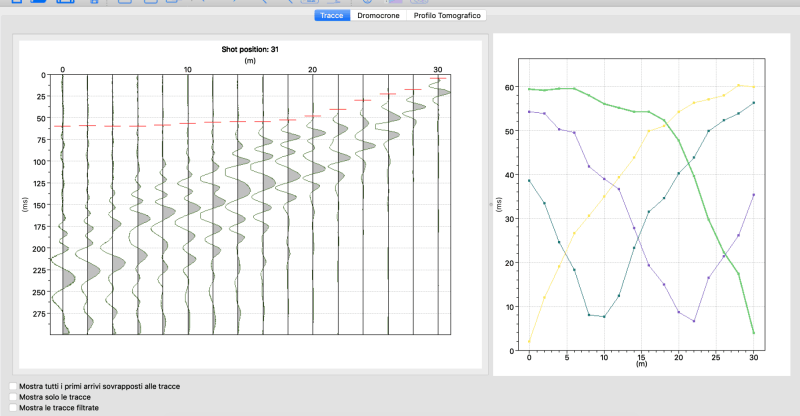
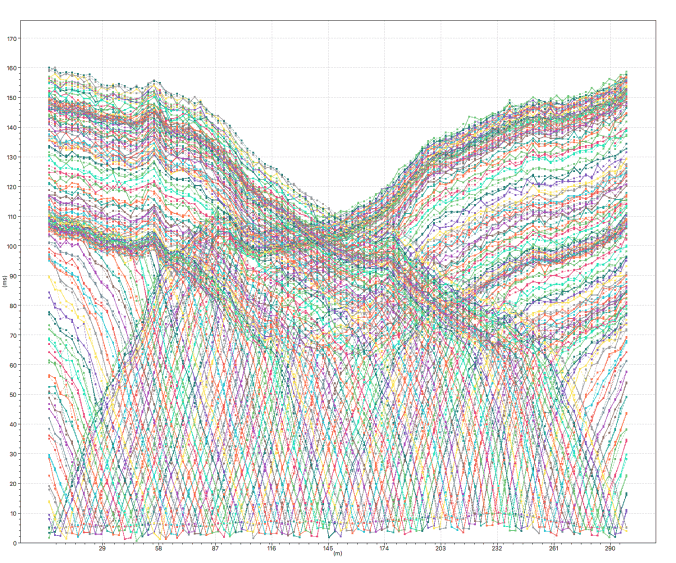
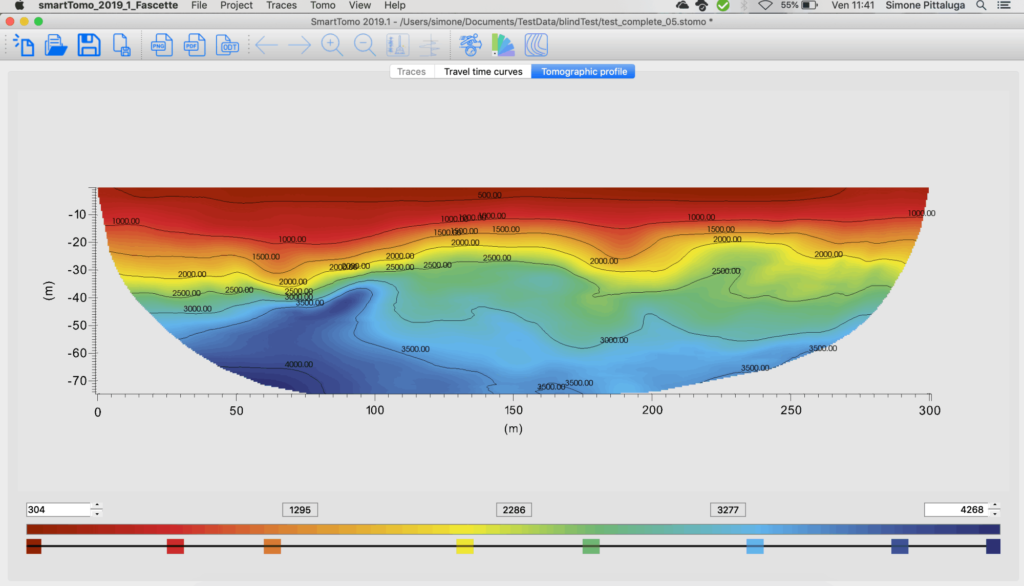
Traces and dromochrones side by side
in smartTomo it is possible to visualize the traces and the dromochrones both in windows side by side and overlapping to globally monitor the picking of the first arrivals
Processing without limits
smartTomo has been tested using a dataset consisting of 100 receivers and 101 energizations for a total of 10100 travel times. The software can process spreads with any number of geophones and energizations.
Built-in advanced displaying of results
smartTomo features a complete tool for displaying results. No third-party software is required.
Profiles can be displayed in different modes: speed, vertical gradient and Laplacian.
SmartTomo is a NEW software for processing seismic data applying the refraction tomography method or the General Reciprocal Methed. It allows to reconstruct an image of the subsoil through a fast and intuitive procedure. The result is obtained through the optimization of the initial model that can be defined by the user to reproduce the geological features of the area examined. SmartTomo exploits an optimized implementation of the Moser method, ( “Shortest path calculation of seismic rays.” Geophysics 56.1 (1991): 59-67), and optimizes the results through the Simultaneous Iterative Reconstruction Technique. To be efficient, smartTomo uses the computing power of modern multicore CPUs and minimizes the memory required.
Three Subsurface Views from a Single Acquisition
With SmartTomo, a single dataset provides three complementary representations of the subsurface: seismic refraction tomography, seismic attenuation tomography, and Q-Factor analysis. In addition to traditional velocity analysis, you can now study signal attenuation to gain deeper insights into material quality and the dissipative properties of the ground. An advanced approach for a more comprehensive and effective interpretation.
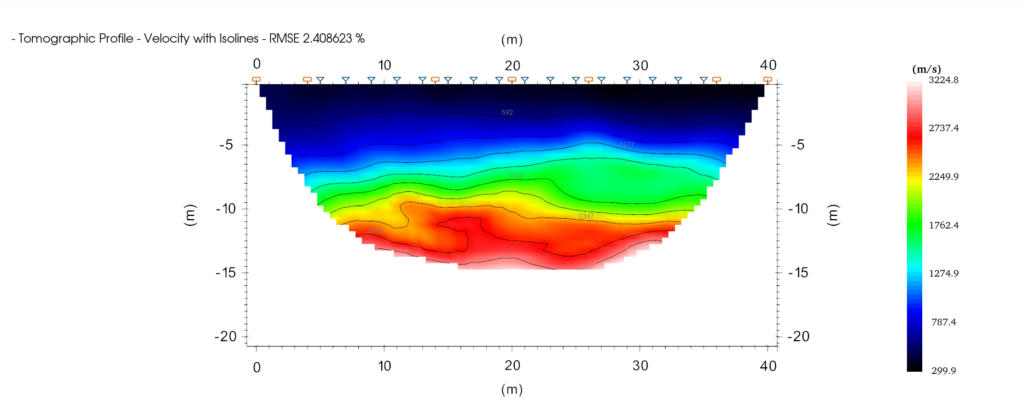
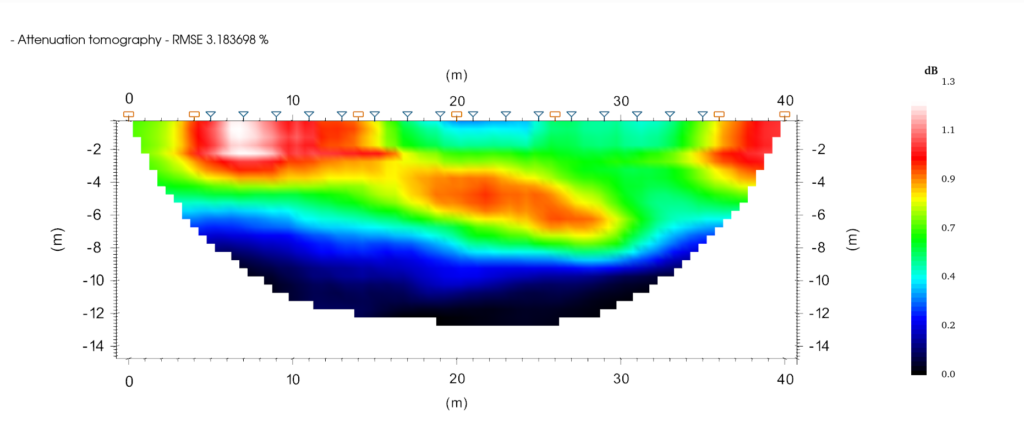
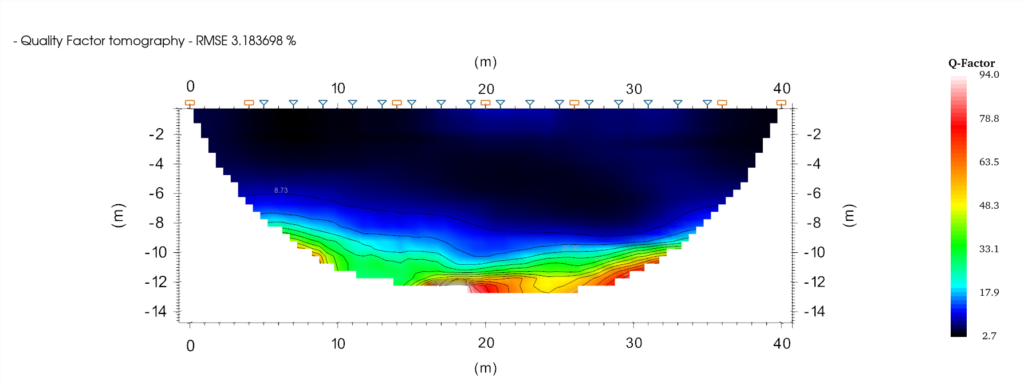
A module for processing the refraction surveys applying the GRM method is included since smartTomo 2020.0. The refraction profile can be displayed either separately or on top of the tomographic profile.
Latest posts
- smartTomo 2025.0 releasedWe are pleased to announce the release of SmartTomo 2025.0 ‘Punta Marguareis’! This new version represents a major step forward in the …
- Seismic refraction processing using the GRM methodIn addition to Seismic Refraction Tomography (SRT) processing, SmartTomo also implements the capability to process the survey using the generalized reciprocal method …
Continue reading “Seismic refraction processing using the GRM method”
- Post-processing: mapping seismic velocity at defined depthThis guide presents a procedure for making seismic velocity maps at different depths using seismic tomography data produced by SmartTomo exploiting free …
Continue reading “Post-processing: mapping seismic velocity at defined depth”

